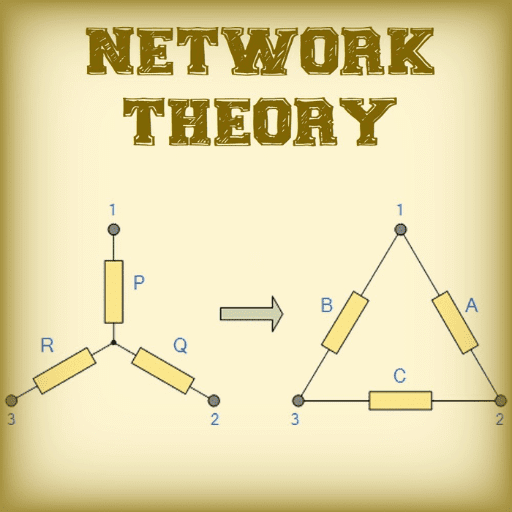Cropping Patterns and Crop Protection Management - Improvement in Food Resources, Class 9, Science PDF Download
(C) Cropping patterns :- Different ways of growing crops can be used to give maximum benefit.
They are models of raising crops which help in obtaining maximum benefit from the same piece of land, reduce risk of crop failure, disease and infestation. Three common types of cropping patterns are mixed cropping, intercropping and crop rotation.
Mixed Cropping
Mixed cropping is the technique of growing two or more different crops together in the same field.
The technique is an insurance against crop failure due to adverse weather and attack of pathogens and pests.The different crops to be grown together are so chosen that they do not have common pests and pathogens or similar requirements of water and minerals. Rather the products and waste materials from one crop stimulate the growth of the other crop.Eg. _ Groundnut and sunflower/gram, ragi and gram, wheat and gram/mustard.
Criteria for Selection of the Crops
The following criteria are taken into consideration while selecting crops for mixed cropping :
(i) Root Pattern :- Both the crops should not have same root pattern. One crop should have deep penetrating roots (e.g., dicot) whereas other should have shallow roots (e.g., monocot).
(ii) Water Requirement :- Both the crop plants should have different water requirements. If one of the crops requires higher amount of water, the other should require lesser amount.
(iii) Nutrient Demand :- If one of the crop plant requires higher amount of nutrition, the other should require lesser amount of nutrition.
(iv) Duration of Crops :- Both the crops should have different maturation time. If one is long duration crop, the other should be of short duration (early maturing).
(v) Growth Habit :- If one plant is tall, the other should be dwarf. They should have different structure of leaves, stems, branching pattern of stem and flowers (different canopy).
Advantages of mixed cropping
1. No risk of complete crop failure.
2. Increase in Yield :- When cereal or non-leguminous crop is grown alongwith a leguminous crop, the deficiency of nitrogen in the soil, caused by the growing cereal crop, is compensated by the enrichment of the soil in nitrogen compounds by the growing of leguminous plants. So, it increases the yield.
3. Variety of Produce :- We can harvest variety of produce like pulses, cereals, vegetables or fodder.
4. Improvement in Soil Fertility :- Growth of leguminous crops improves soil fertility and reduces the requirement of fertilizers.
5. Reduced Pest Infestation :- The chances of pest infestation are reduced because the pest of one crop rarely finds the same plant nearby.
Disadvantages of mixed cropping :-
Farmer faces difficulty in applying fertilizer to individual crops. Farmer faces difficulty in spraying pesticides on individual crops.
Harvesting and threshing of crops separately is not easy, because seeds of the two crops are mixed and then sown (there is no set pattern of rows of crops).
Do you know ?
Mixed Farming :- It is raising of different types of crops (food grains, fibres, oil seeds, vegetables, etc.) and animals (cattle, fish, poultry, apiary) on the same farm. It ensures good returns to the farmers and provides for easy availability of various articles.
INTER-CROPPING
Intercropping is growing two or more crops simultaneously in different strips or rows in a same field in definite row pattern. Row patterns like 1 : 1, 1 : 2 or 1 : 3 can be followed. The crops selected for Intercropping have different nutrient requirements, different sowing and harvesting dates.
e.g., Soyabean Maize, Finger Millet (bajra) Cow Pea (lobia).
Advantages of Intercropping :
- Productivity :- Intercropping increases productivity per unit area.
- Sowing :- Seeds of different crops can be sown separately.
- No mixing :- There is no mixing of crops.
- Fertilizers :- Specific fertilizers required for each crop can be added.
- Pesticides :- Pesticide and weedicide required for each crop can be applied.
- Harvesting :- Each crop can be harvested, threshed and marketed separately.
Differences Between Mixed Cropping and Intercropping
CROP ROTATION
Growing different crops on the same piece of land in a pre-planned succession is called crop rotation. Generally a leguminous crop is rotated with non-leguminous crop.
In this way, rotating different crops (e.g., leguminous and non-leguminous crops) in the same field replenishes the soil naturally and leads to increase in the crop production.
Depending upon the duration, crop rotation is classified as
Advantages of Crop Rotation
- Attack by insects and fungi is minimized because different pests are associated with different crops. By varying the crops, the insects and fungi associated with the crop usually disappear.
- Rotation of crops helps in weed control :- This is because weeds are associated with specific crops. When the crop is changed, the weeds as
FAQs on Cropping Patterns and Crop Protection Management - Improvement in Food Resources, Class 9, Science
| 1. What are cropping patterns and why are they important in crop protection management? |  |
| 2. How can cropping patterns help in improving food resources? |  |
| 3. What are some common cropping patterns used in crop protection management? |  |
| 4. How does crop protection management contribute to sustainable agriculture? |  |
| 5. What are the challenges in implementing effective crop protection management? |  |






























